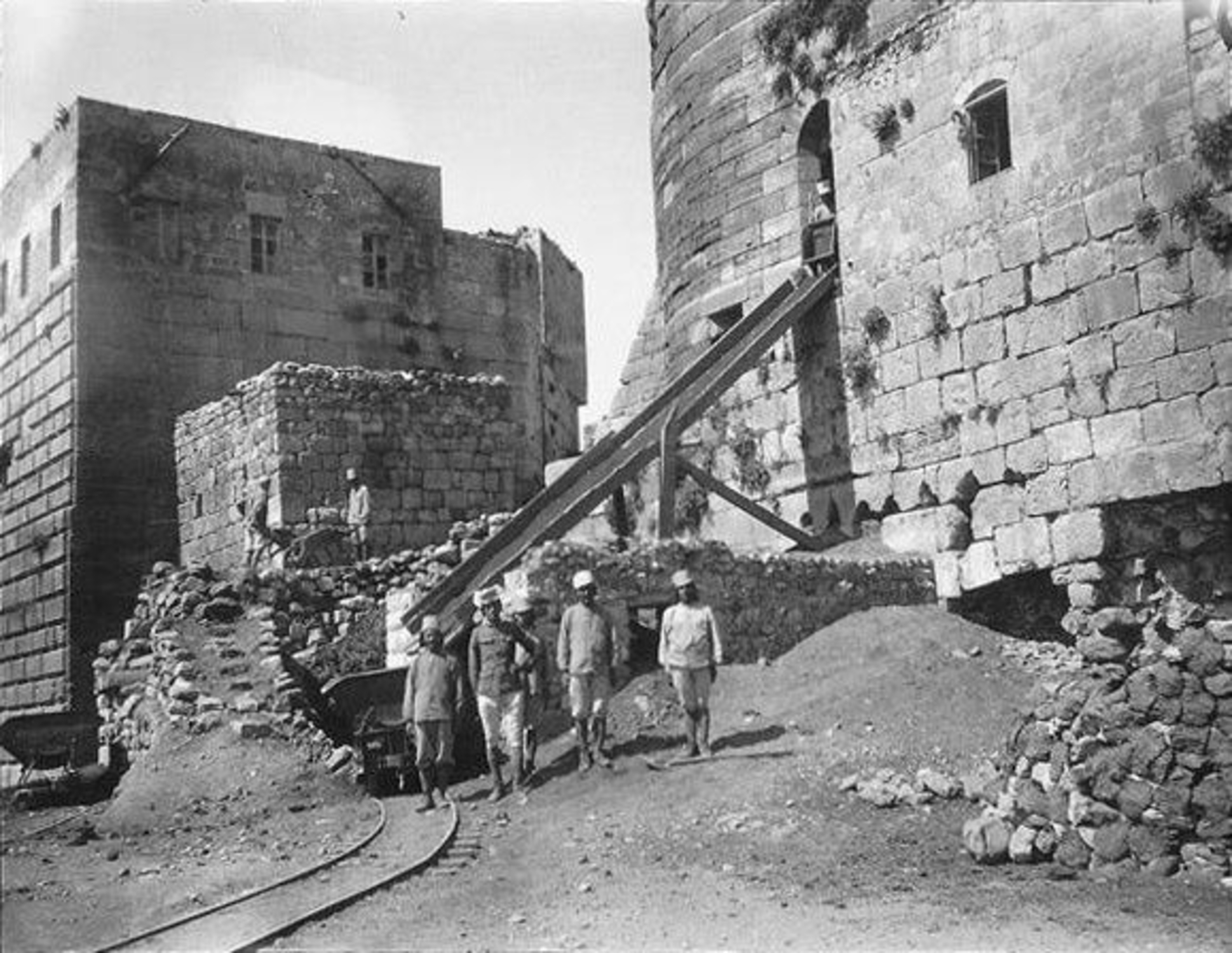
- Home
- Explore the site
- Rediscovery of the castle
- The acquisition and management of the castle
The architect Maurice Pillet began working on the Krak des Chevaliers in 1926. Following the arrival of Paul Deschamps, the works assumed a new dimension and, more important still, the future of the Krak des Chevaliers began to be given serious consideration in France. Deschamps believed that the village of some 500 inhabitants inside the castle posed a threat to its conservation. The only way to save the building was therefore to expropriate the village, and to do that, France would have to buy the castle. Deschamps launched a vast campaign to raise public awareness, and won the support of academics (René Dussaud), and members of the Senate (Roger Grand) and National Assembly (Adrien Dariac). After endless delays, France finally bought the Krak des Chevaliers outright from the Alaouite State on 16 November 1933. The sum paid, one million francs, was used to compensate the villagers who had been turned out of their homes. The Krak was now managed as a French historic monument.
Several problems remained however. Substantial loans were required to restore the Krak and consolidate the work begun by Paul Deschamps. Pierre Coupel, an architect with the Service des Antiquités, drew up the first estimates in 1933, but the Administration des Beaux-Arts in Paris was reluctant to extend the necessary loans. Work finally began in 1935 and continued through 1936. At the same time, France endeavoured to attract more tourists to the castle, in the hope of raising sufficient revenue to reduce the reliance on loans.
The war dashed these hopes. The building was gradually abandoned, the works stopped, and the number of visitors declined. When Syria gained its independence in 1946, France decided to cede the Krak des Chevaliers to Syria a few months later, in early 1948.





